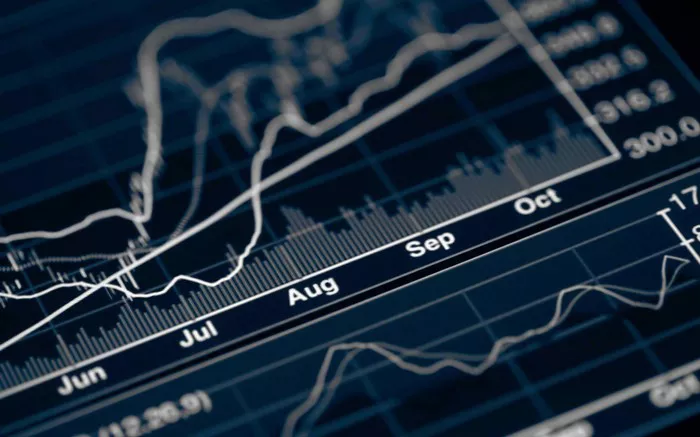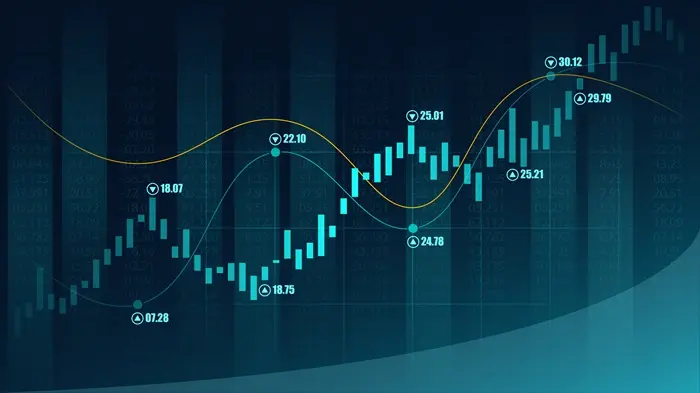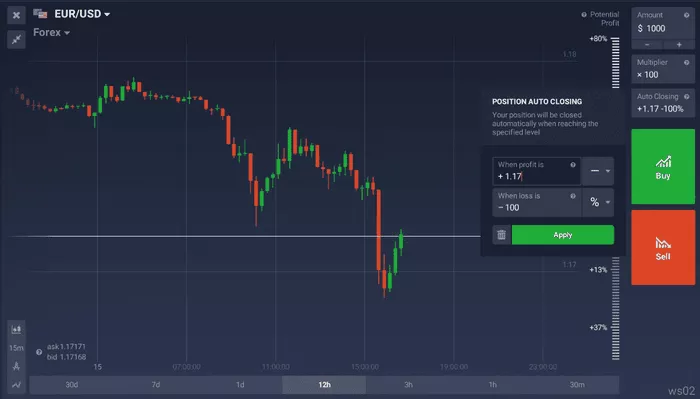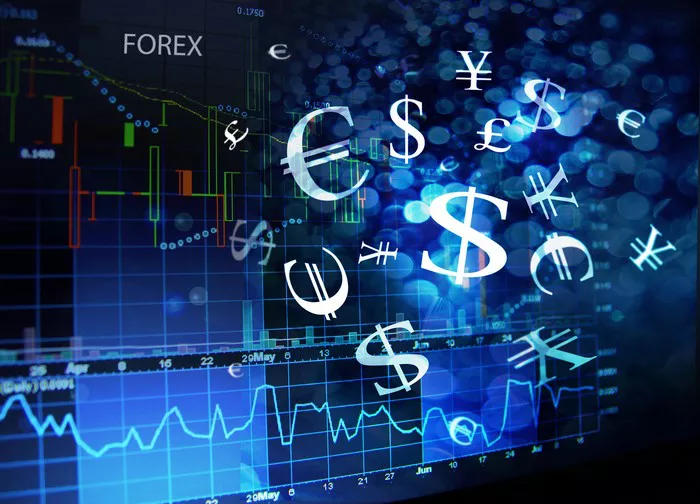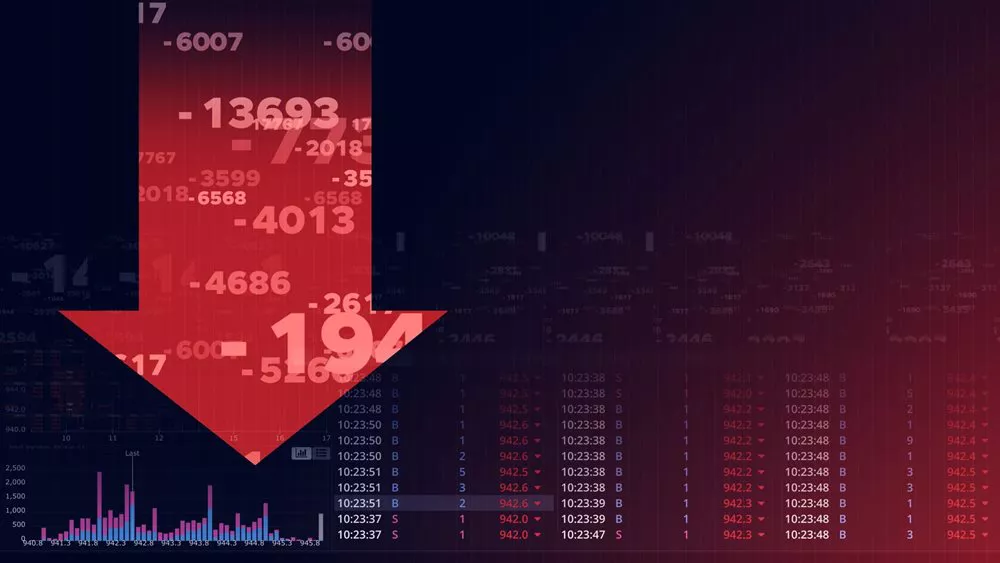The US Dollar (USD) is the world’s most widely used currency. It plays a critical role in global trade, finance, and investment. But how much of this currency exists, and how is it measured? Understanding the total supply of USD is complex, as it involves several factors like the amount of physical cash in circulation and the broader measures of money, such as M1, M2, and M3 money supplies.
In this article, we will explore how much USD exists globally, how it is calculated, and why it matters for the global economy.
What Is the US Dollar?
The US Dollar is the official currency of the United States and is represented by the symbol “$” or the code “USD.” It is the most traded currency in the world and serves as the world’s primary reserve currency, held by central banks as part of their foreign exchange reserves.
The Federal Reserve (Fed), the central bank of the United States, is responsible for controlling the supply of USD through monetary policy. The dollar is issued in both physical form, as paper bills and coins, and electronically in digital accounts, which includes the money held by commercial banks and the broader financial system.
Types of USD Circulation
To determine how much USD exists in the world, it’s important to understand that there are different types of money supply, classified according to liquidity. Liquidity refers to how easily money can be converted into cash or used for transactions.
Physical Currency
Physical USD includes coins and paper money in circulation. These are issued by the U.S. Treasury and the Federal Reserve. They represent only a fraction of the total money supply because digital money and credit are much more prevalent.
Digital and Electronic Money
Most USD today exists in electronic form. This includes money in checking accounts, savings accounts, and other forms of bank deposits. These are used for daily transactions, savings, and investments.
Broad Money Supply
The broader measures of money, known as M1, M2, and M3, include both physical currency and more liquid forms of money, such as bank deposits, money market funds, and other financial assets. The size of these monetary aggregates gives a sense of the total money supply in the economy.
M1: This is the narrowest measure of the money supply and includes all physical currency (coins and paper money) in circulation, plus demand deposits (checking accounts).
M2: This includes M1 plus savings accounts, time deposits, and money market mutual funds, making it a broader measure of the money supply.
M3: This includes M2 plus large time deposits, institutional money market funds, and other large liquid assets.
The measurement of USD in circulation largely depends on which money supply measure is used.
How Much USD Is in Circulation?
As of recent data, the total value of the USD in circulation is in the trillions. Here’s a breakdown based on the different money supply measures:
M0: The Physical USD Supply
M0 represents the total physical currency in circulation. As of the latest figures from the Federal Reserve, the total amount of physical cash (coins and paper money) in circulation in the U.S. is estimated to be around $2.3 trillion. This is a small portion of the total money supply but is crucial for daily transactions.
M1: Narrow Money
M1 includes physical currency plus demand deposits and other highly liquid forms of money. According to recent estimates, the M1 supply in the U.S. is approximately $21 trillion. This measure provides a more accurate picture of the money circulating for everyday transactions and short-term financial activity.
M2: Broader Money Supply
M2 includes M1 plus savings accounts, time deposits, and money market accounts. The total M2 money supply is much larger than M1 and is often used to gauge the broader economy. As of the most recent data, M2 is estimated at about $22 trillion. This includes money that is not as easily accessible as M1 but still can be quickly converted into cash.
M3: Largest Measure of Money Supply
M3 is the broadest measure and includes M2 plus large time deposits and institutional money market funds. Although the Federal Reserve stopped reporting M3 in 2006, estimates suggest the M3 supply in the U.S. is around $25 trillion. M3 reflects the total liquidity in the financial system, encompassing all forms of money that can be used for transactions and investments.
USD in Global Reserves
One of the most important aspects of the US Dollar is its role as the global reserve currency. This means that many countries hold USD as part of their foreign exchange reserves to facilitate international trade, stabilize their economies, and protect against currency fluctuations.
USD’s Share in Global Reserves
The International Monetary Fund (IMF) tracks the currency composition of foreign exchange reserves held by central banks. As of the latest data, the US Dollar makes up about 59% of the total global reserves. This number fluctuates based on global economic conditions, but the USD has maintained its dominant position since the end of World War II.
Other Currencies in Reserves
While the USD is the dominant currency in global reserves, other currencies, such as the Euro, the Japanese Yen, and the Chinese Yuan, also play important roles. However, none of these currencies come close to matching the USD in terms of global usage and reserve holdings.
Why Does the Amount of USD Matter?
The total supply of USD in the world has a significant impact on the global economy. It affects inflation rates, interest rates, and international trade.
Inflation and Monetary Policy
The Federal Reserve controls the supply of USD through monetary policy. By adjusting the money supply, the Fed can influence inflation rates and interest rates. For instance, during periods of economic downturns, the Fed may increase the money supply (known as “quantitative easing”) to stimulate the economy. Conversely, in times of economic overheating, the Fed may reduce the money supply to curb inflation.
Exchange Rates
The USD is involved in the majority of global trade transactions, particularly in commodities like oil and gold. Changes in the USD supply can have a direct impact on exchange rates, as countries with large reserves of USD may adjust their holdings in response to changes in global conditions.
Global Trade and Investment
Since most international transactions are conducted in USD, the amount of USD in circulation directly affects global trade. Countries with large holdings of USD may find it easier to finance their trade deficits or engage in foreign investment. On the other hand, a large increase in the USD supply may lead to a depreciation of the dollar, making imports more expensive.
Conclusion
The total amount of USD in circulation is a critical factor in the global economy. From physical currency to digital money, the US Dollar serves as the foundation for much of the world’s financial system. Currently, the total supply of USD ranges from $2.3 trillion in physical currency to more than $25 trillion when considering broader measures of the money supply.
Understanding how much USD is in the world helps us understand inflation, exchange rates, and global economic stability. As the world’s reserve currency, the USD will likely remain central to international trade and finance for the foreseeable future.
If you’re a global investor, policy maker, or financial expert, understanding the supply of USD is crucial to making informed decisions about your financial strategies.
Related topics:

